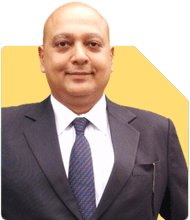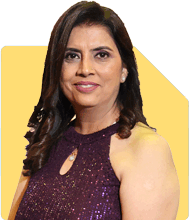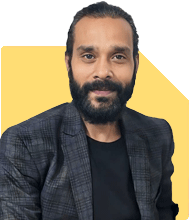Sushil Sukhwani | Answer |Ask -Follow
Study Abroad Expert - Answered on Oct 09, 2023

for master's in aerospace engineering whether USA or Germany would be better. what are the chances for obtaining job and stay arrangements??
To begin with, thank you for contacting us. I am happy to hear about your plans on pursuing Master’s in Aerospace Engineering in either the USA or Germany. To answer your question first, I would like to let you know that your personal choices, situation, as well as professional objectives play a key role in deciding if you should select either Germany or the USA to pursue your master's in aerospace engineering.
Comparing both the countries, I would like to let you know that if you choose to study in USA, there are relatively more renowned universities as well as research possibilities in aerospace engineering for you to opt from. A number of aerospace companies are situated in the USA. SpaceX, Boeing, and Lockheed Martin are some prominent ones that offer possible employment opportunities. Nevertheless, owing to visa limitations and the requirement to secure sponsorship from employers, the possibilities of seeking employment and residing in the country can be highly cut-throat.
Next, speaking about Germany, the country offers robust programs in the field of engineering. Also, the aerospace sector in Germany is highly advanced. Companies viz., DLR and Airbus, are located in Germany. Moreover, universities in Germany charge very low tuition fees. With respect to the possibilities of obtaining a job and stay in the country post graduation, I would like to let you know that it is relatively easier to attain both, through post-study employment possibilities offered by Germany via the Job Seeker Visa.
Outstanding academic and job prospects are offered by both, Germany as well as the USA in aerospace engineering. The decision you finally make should resonate with your educational and professional objectives, your readiness to understand the procedures pertaining to jobs and immigration in either of the two countries, as well as your monetary concerns.
For more information, you can visit our website.
You may like to see similar questions and answers below
Geeta Ratra | Answer |Ask -Follow
Visas, Study Abroad Expert - Answered on Sep 27, 2023
Career Coach | Answer |Ask -Follow
Workplace Expert - Answered on Dec 31, 2023
Dr Pananjay K Tiwari | Answer |Ask -Follow
Study Abroad Expert - Answered on Aug 05, 2024
Dr Pananjay K Tiwari | Answer |Ask -Follow
Study Abroad Expert - Answered on Sep 04, 2024
Ulhas Joshi |280 Answers |Ask -Follow
Mutual Fund Expert - Answered on Dec 05, 2025
Dr Dipankar Dutta |1835 Answers |Ask -Follow
Tech Careers and Skill Development Expert - Answered on Dec 04, 2025
Ravi Mittal |676 Answers |Ask -Follow
Dating, Relationships Expert - Answered on Dec 04, 2025
Anu Krishna |1745 Answers |Ask -Follow
Relationships Expert, Mind Coach - Answered on Dec 04, 2025
Anu Krishna |1745 Answers |Ask -Follow
Relationships Expert, Mind Coach - Answered on Dec 04, 2025
Mayank Chandel |2562 Answers |Ask -Follow
IIT-JEE, NEET-UG, SAT, CLAT, CA, CS Exam Expert - Answered on Dec 04, 2025
Mayank Chandel |2562 Answers |Ask -Follow
IIT-JEE, NEET-UG, SAT, CLAT, CA, CS Exam Expert - Answered on Dec 04, 2025
Mayank Chandel |2562 Answers |Ask -Follow
IIT-JEE, NEET-UG, SAT, CLAT, CA, CS Exam Expert - Answered on Dec 04, 2025
Mayank Chandel |2562 Answers |Ask -Follow
IIT-JEE, NEET-UG, SAT, CLAT, CA, CS Exam Expert - Answered on Dec 04, 2025
Mayank Chandel |2562 Answers |Ask -Follow
IIT-JEE, NEET-UG, SAT, CLAT, CA, CS Exam Expert - Answered on Dec 04, 2025

























